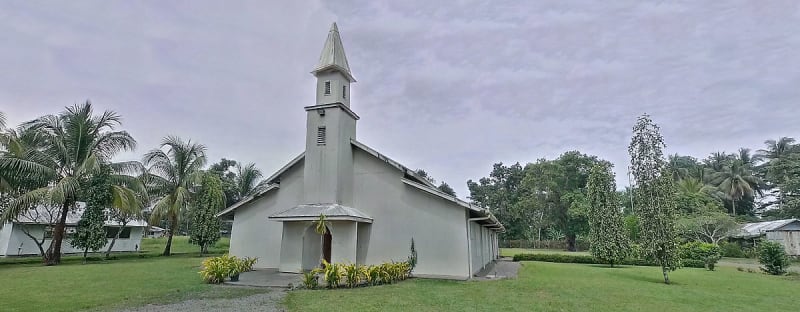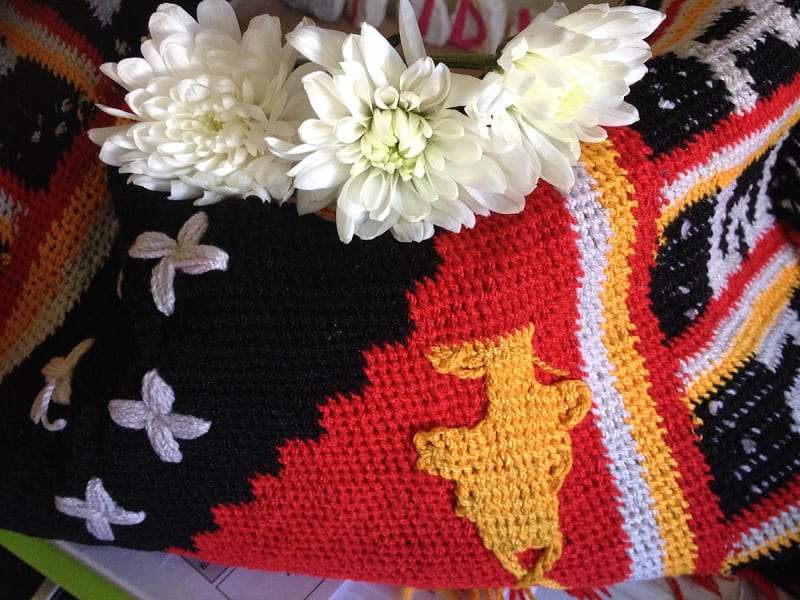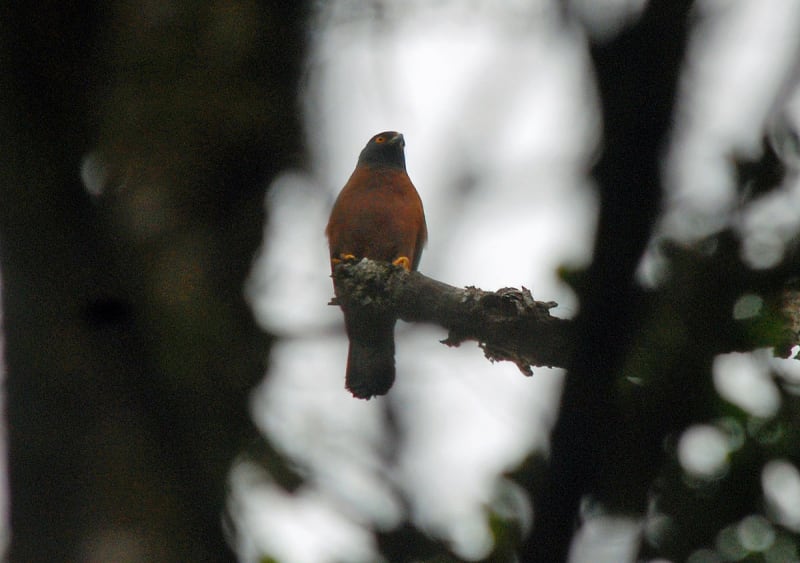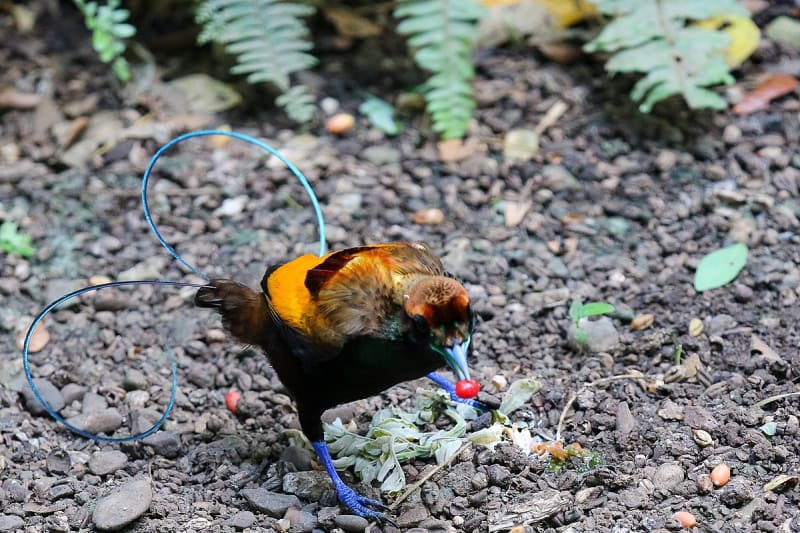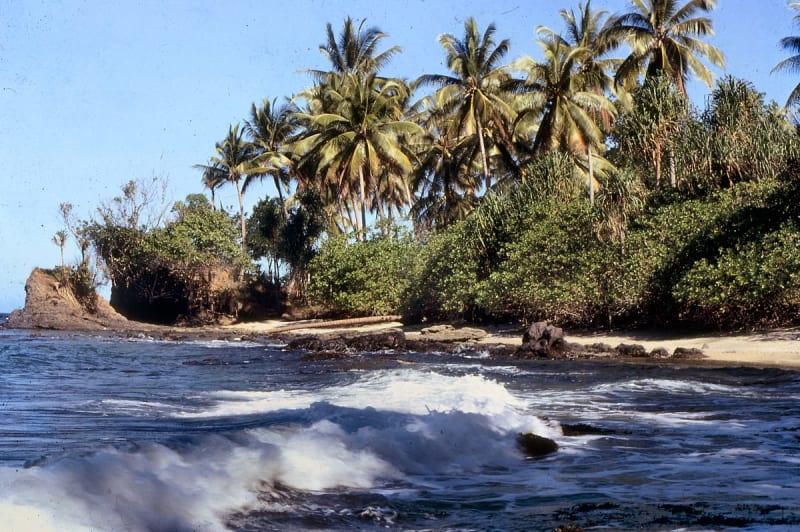New Guinea
New Guinea is still associated with something so primitive and far from the modern world. Sometimes it seems easier to talk about the structure of a nuclear reactor than to find a small island on a map. Although this is a clear understatement: New Guinea ranks second in the world in terms of size. Only Greenland was able to overtake it.

Location of New Guinea
The mysterious island is located in the Pacific Ocean, not far from Australia. It is believed that this part of the earth was formed with the help of the local volcano Kadovar, which from time to time presents not the most pleasant surprises. The last time he woke up was in 2018, pretty much spoiling the mood of the aborigines.
The island was once part of Australia, connected to the mainland by a narrow isthmus, but rising sea levels have sunk the natural bridge, leaving the locals somewhat isolated.
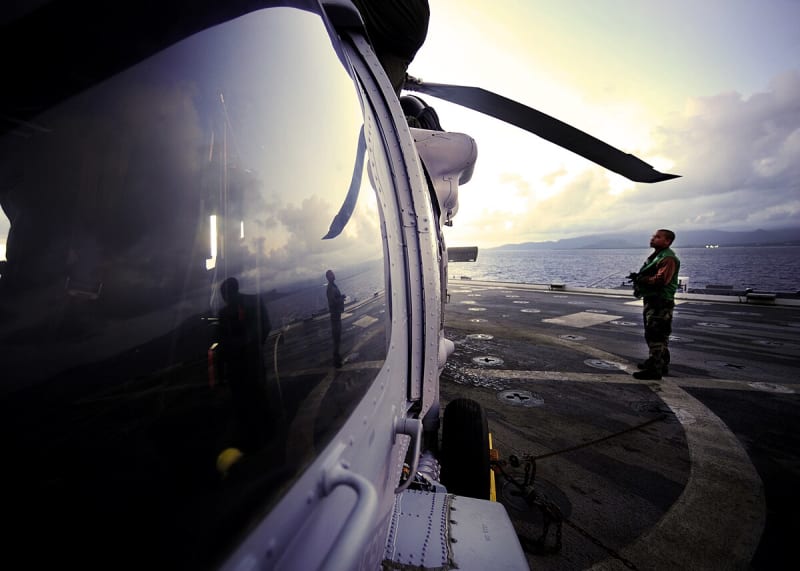
History of origin
New Guinea was discovered in the 16th century by Portuguese navigators, but they were in no hurry to explore it, quickly making sure that there was nothing valuable to offer a strip of land. The Russian traveler Miklukho-Maklay made a great contribution to the description of local wonders.
In the 19th century, the Dutch invaders landed on the western part of the island, the British settled in the southeastern part, and the Germans appropriated the northeastern territory. At the beginning of the twentieth century, the entire island came under the control of Australia, and only at the end of this century, New Guinea received the long-awaited sovereignty. Although the locals were not too concerned about the political development of their own country, they spent their time trying to get their daily bread.
What to see
New Guinea cannot boast of mysterious sights, luxurious palaces or fashionable hotels. But lovers of wildlife and unusual rocks are attracted to the island as a good magnet. Dense forests frame the land from all sides. It is simply impossible to get into them without the help of a boat. But the charm of rich greenery and unusual noises conquers from the first minute. The feeling of traveling on a time machine is only enhanced by the locals, who are painted in an amazing way.
Once upon a time, such drawings replaced passports and birth certificates, telling everyone around them who came from where, where they studied, got married and served in the military. Today, such decorations are worn only by residents of villages visited by tourists. Everyone else prefers to wear jeans and T-shirts. By the way, walking around the island alone is strongly discouraged: the island cannot boast of complete security, and cannibalistic tribes still live deep in the territory. In any case, historians and ethnographers go inland only with a large police force.
One of the most attractive places in New Guinea is the ancient town of Cook, charmingly overgrown with vines. The age of this architectural masterpiece has exceeded 5,000 years, which makes it especially attractive to scientists. But even ordinary tourists here have something to be surprised about.
Tourists are attracted by mountains, fjords and lakes that are delightfully untouched by the human mind. Lovers of active sea recreation can use the services of diving centers, go canoeing, take a boat trip or try to conquer the waves on a surfboard. With modern entertainment in the form of discos, nightclubs and restaurants, everything is difficult here: New Guinea still remains an island of some primitive originality, which is why eco-travelers love it.
